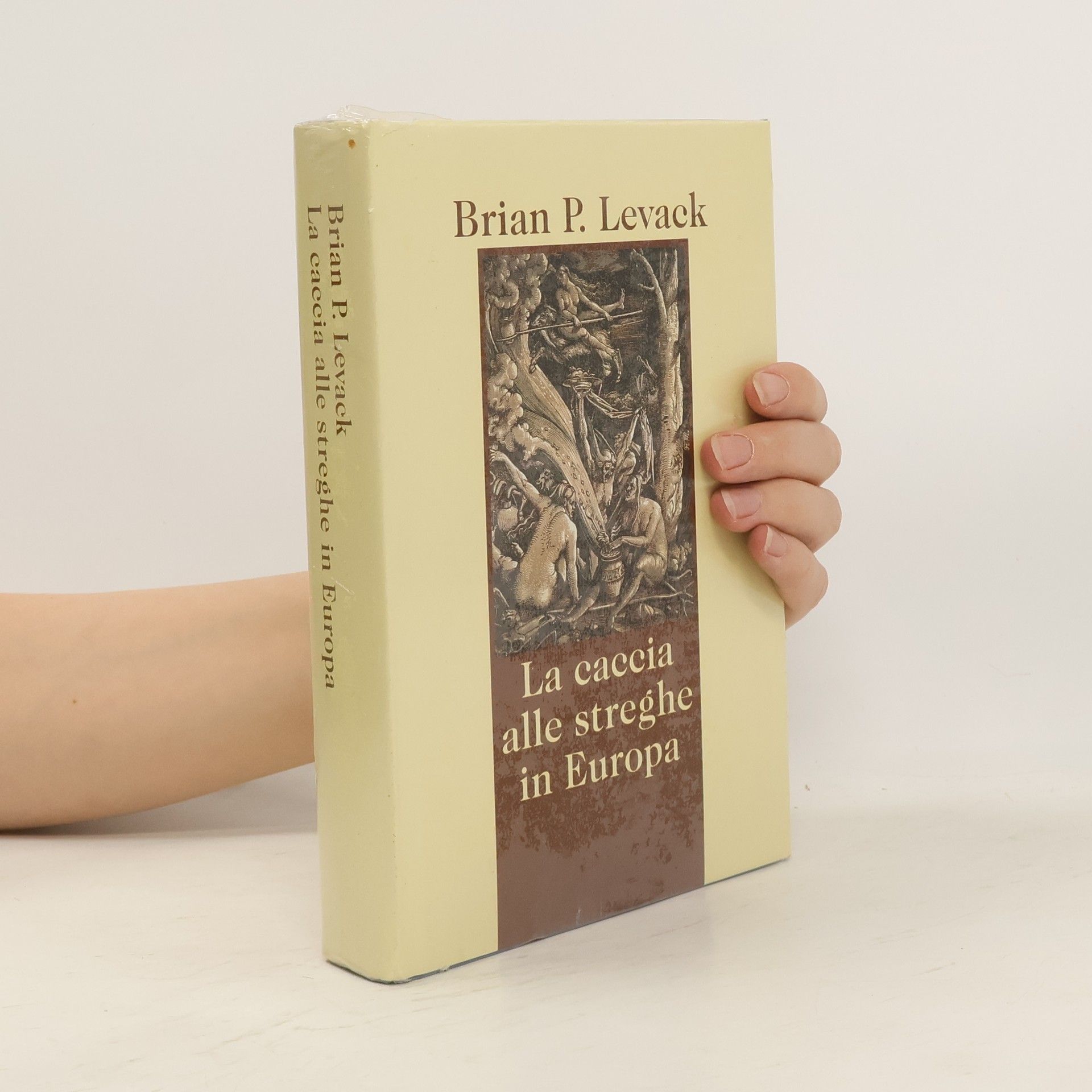A study of distrust of public institutions in Britain and America, showing how this seemingly modern phenomenon actually shaped the political, legal, economic, and religious discourse of the early modern period, inspiring reforms of criminal procedure, changes to public credit and financial systems, and challenges to church hierarchies.
Brian P. Levack Livres




Mehr als 100 000 Menschen, die meisten von ihnen Frauen, wurden zwischen 1450 und 1750 in Europa wegen Ausübung schwarzer Magie und Teufelsanbetung vor Gericht gestellt; etwa die Hälfte von ihnen starb auf dem Scheiterhaufen. Wie kam es zu diesem unerbittlichen Feldzug gegen einen weitgehend imaginierten Gegner? Wer waren die Hexen und ihre Verfolger? Brian P. Levack rückt diese Fragen in den Mittelpunkt seiner - in viele Sprachen übersetzten - Geschichte dieser großen Hexenjagd und entfaltet zugleich ein Szenarium der Frühen Neuzeit, das den Leser unweigerlich in seinen Bann zieht.
«Il Diavolo, essendo venuto a prenderla per condurla al sabba, le dette un unguento nerastro col quale si strofinò la schiena, il ventre e lo stomaco. Poi, rivestitasi, uscì dalla porta e fu immediatamente sollevata in aria a grande velocità…»: è la confessione rilasciata da una vedova condannata a morte per stregoneria e satanismo nel 1617. D'altronde chi non confesserebbe tutto ciò che la commissione giudicante vuole sentire, pur di porre fine all'agonia della tortura? Nell'Europa moderna la convinzione che le streghe siano ovunque si diffonde a macchia d'olio. Si pensa che, riunite in sette segrete, cospirino contro la stessa civiltà cristiana. Una minaccia tanto grave esige una pronta risposta. La 'caccia' si scatena in grande stile. Nell'Europa di età moderna divampa il terrore, divorante e ossessivo, delle streghe. Accusate di praticare malefici e di adorare il diavolo, bruciano sul rogo almeno in 45 mila. Perché questa mattanza? Chi erano le accusate? Chi gli accusatori?